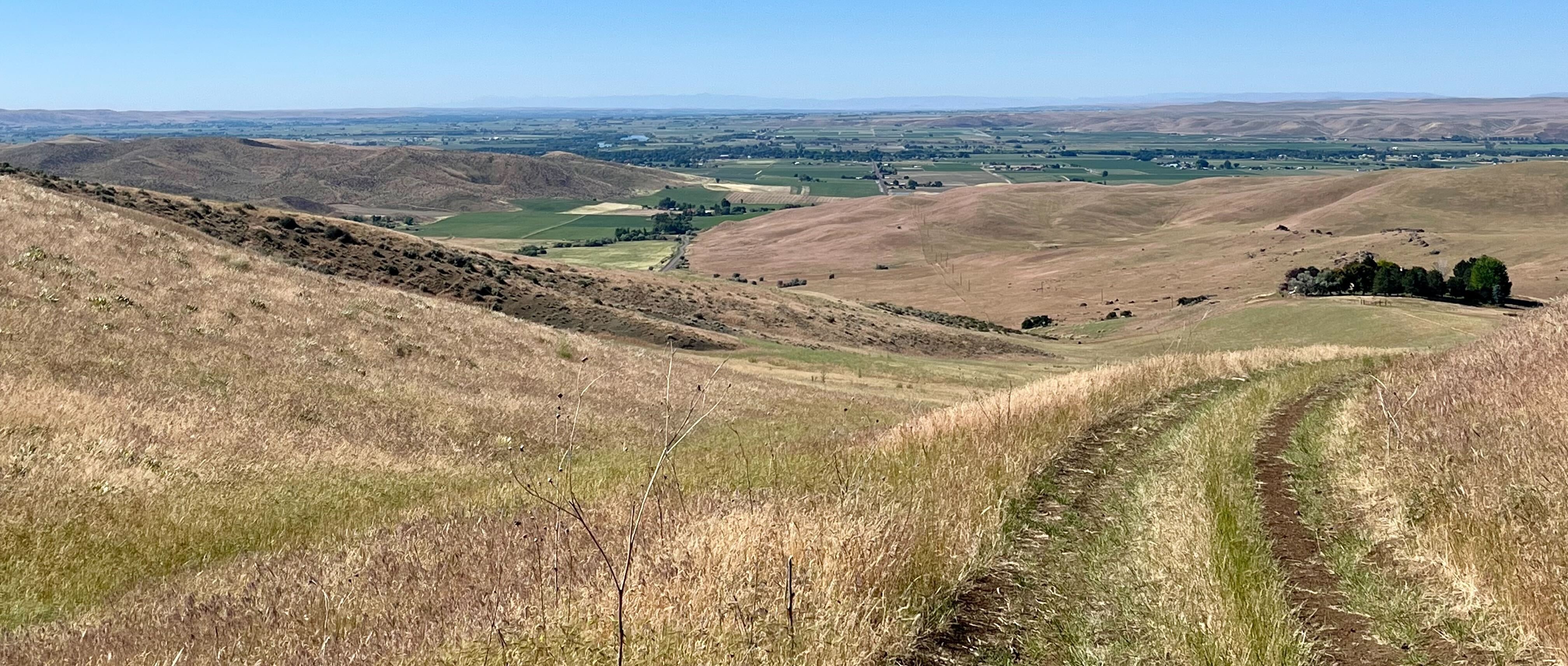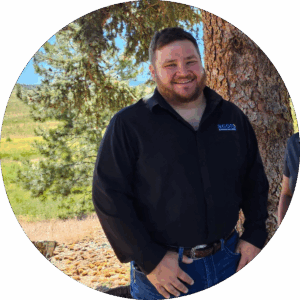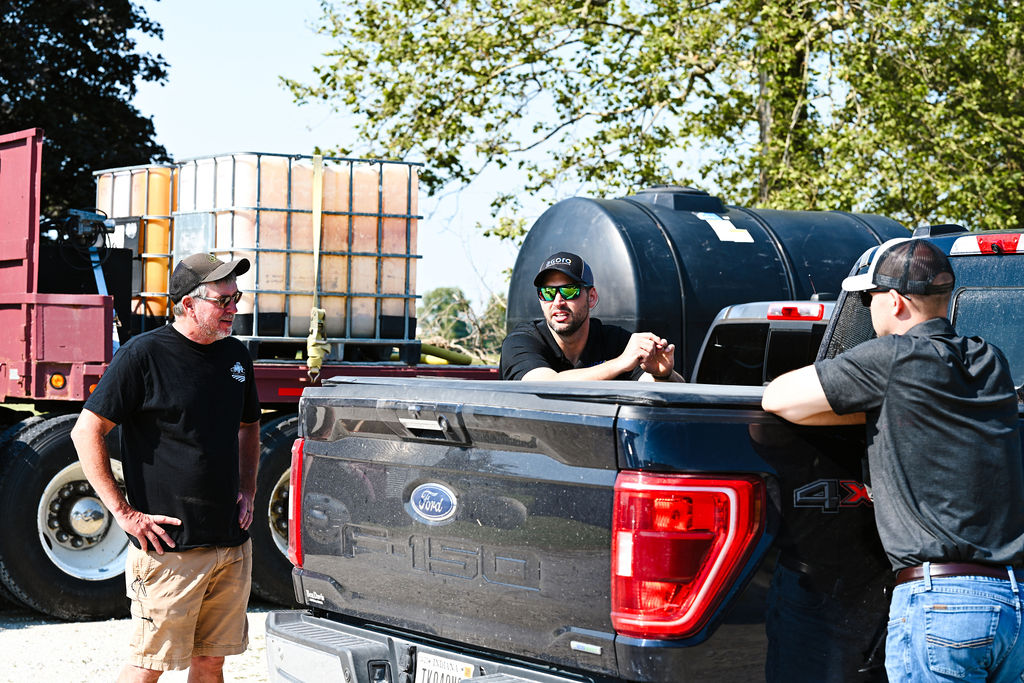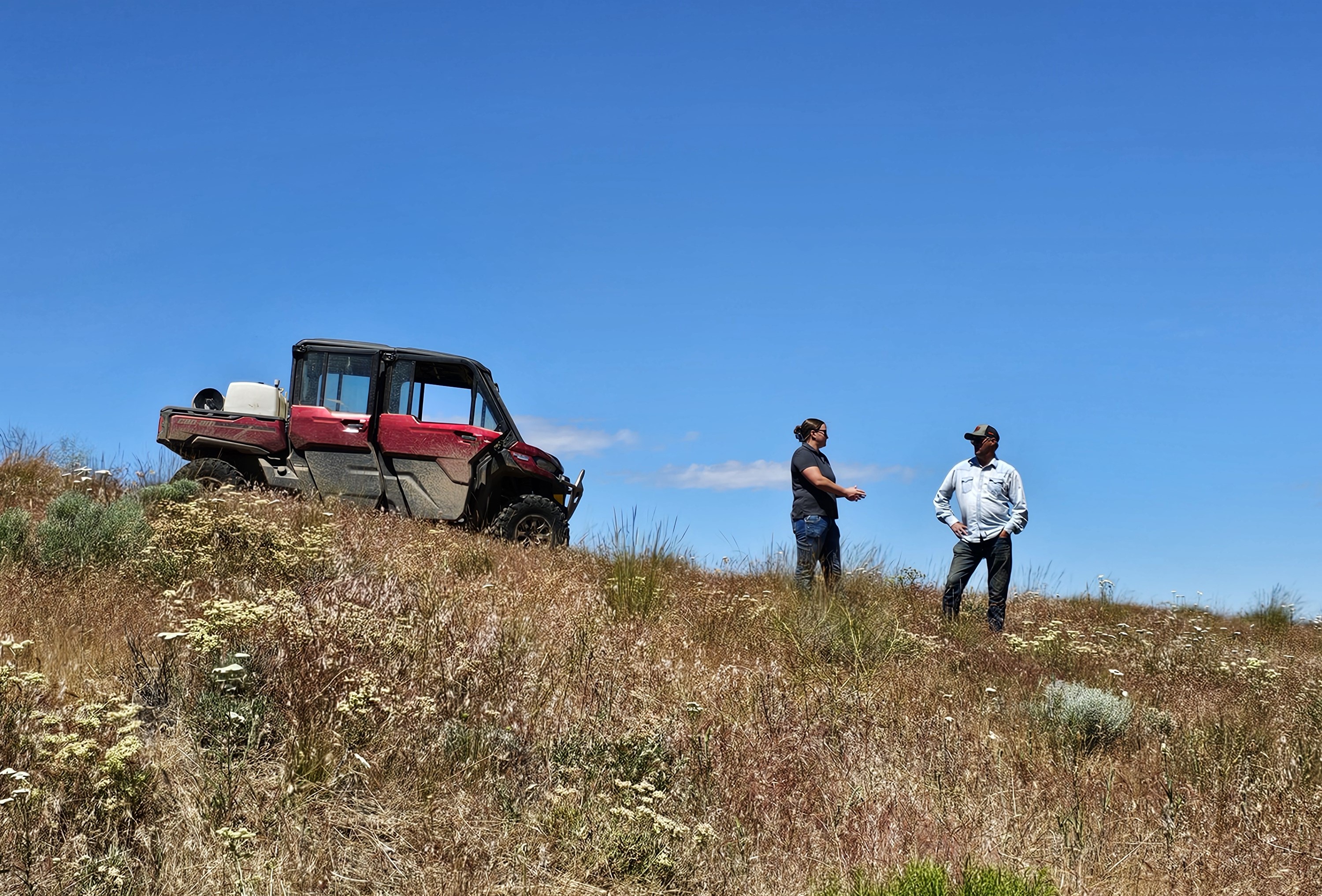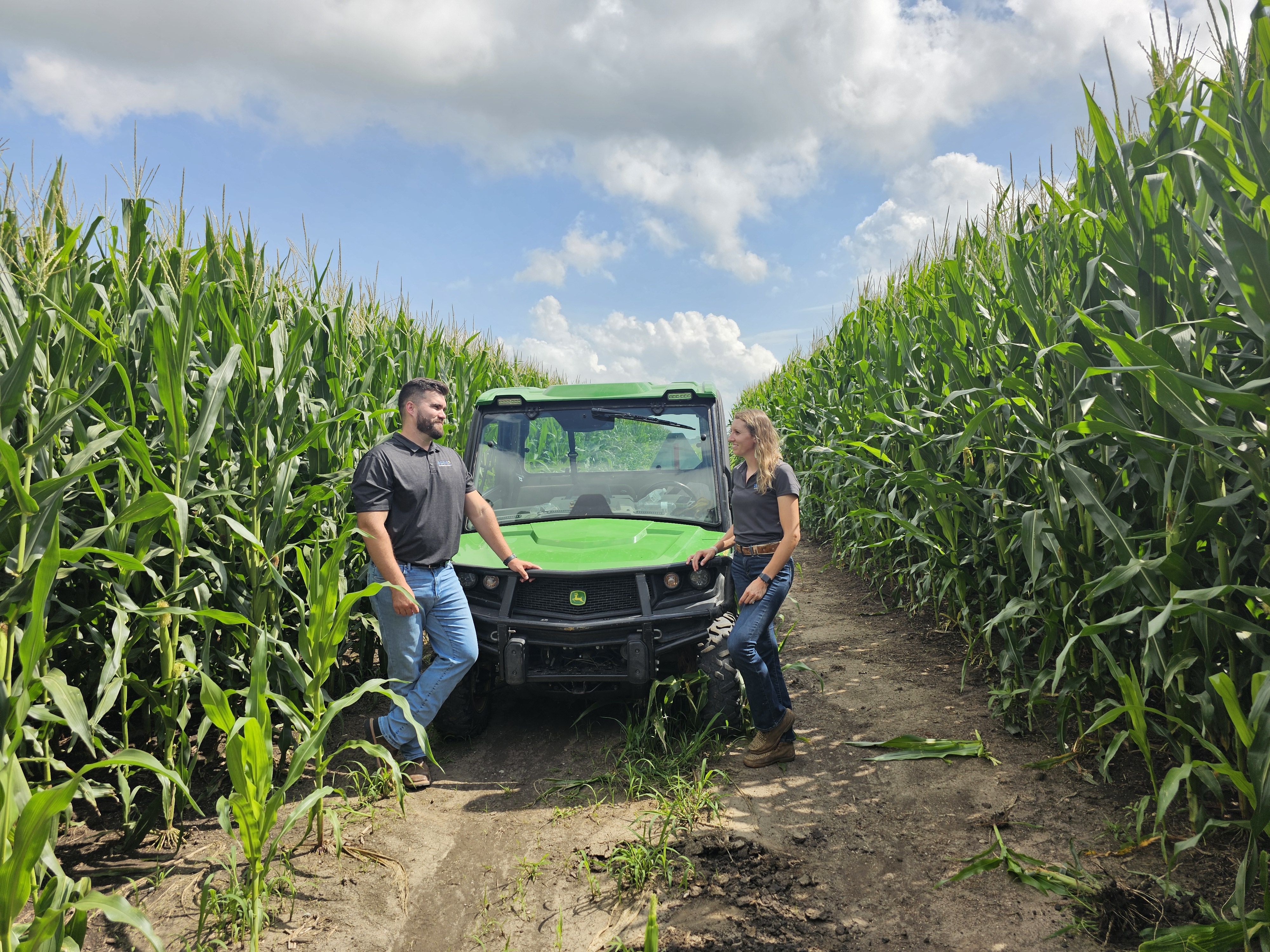The Most Frequently Asked Questions from the West
As a Regional Sales Manager for Agoro Carbon Alliance, I spend most of my time speaking with farmers and ranchers about how they can improve their operations and generate additional income by enrolling in our carbon program. During these conversations, we often discuss the challenges they’re facing, their goals for the future, the improvements they’d like to make, and how we can tailor the Agoro Carbon program to fit their operation.
Whether I’m speaking with someone in Texas or my home state of Oregon, producers often have similar questions or concerns about the carbon markets and what it means to enroll their land in Agoro Carbon’s program. After spending the last couple of years traveling throughout Western America and visiting with hundreds of producers, I decided to compile a list of the most frequently asked questions I receive about Agoro Carbon’s program. If you’re new to agricultural carbon or haven’t yet had a chance to speak with a carbon specialist from Agoro Carbon, I hope these questions help you as you explore this opportunity.
Is Agoro Carbon Alliance a government program?
No. Agoro Carbon Alliance is a private company based in the United States. It was founded by Yara International in June 2021. Our parent company, Yara, has been in business for over 120 years and is a global leader in fertilizer production. All funding for Agoro Carbon projects comes directly from Yara.
Although we’re backed by Yara, we are input-agnostic and do not sell any products. We focus solely on carbon. Our primary goal is to support farmers and ranchers as they implement regenerative practices, improve soil health, and generate carbon credits on their land.
What type of land is eligible for the Agoro Carbon program, and are there any restrictions?
Agoro Carbon Alliance currently offers two programs:
1. Row Crop
2. Range & Pasture.
Eligible land must be classified as either farmland or range and pastureland. We currently work with producers in the continental United States who have at least 500 acres to enroll. Producers can enroll land they own or land leased from a private landowner.
At this time, we cannot enroll land leased from state or federal governments. Additionally, once enrolled in either the Row Crop or Range & Pasture program, those acres must remain in that land use category for the duration of the project.
What challenges do producers in the West face when enrolling in a carbon project?
Producers in the West farm and ranch on rugged terrain. While much of this land is suitable for agriculture, not all of it is ideal for a carbon project. One common challenge involves topography and tree cover.
To verify soil organic carbon levels, Agoro Carbon must take soil samples three times over the 10-year project period. This means the land must be accessible by ATV or side-by-side. Land with steep slopes or dense tree cover that prevents access is not eligible. We also cannot enroll land classified as wetlands.
If you’re unsure whether your farm or ranch qualifies, reach out to your local Agoro Carbon Alliance representative. They can help evaluate which portions of your land may be eligible.
Are producers required to enroll their entire operation?
No. To qualify for the Agoro Carbon program, producers only need to enroll a minimum of 500 acres. These can include farmland, range and pastureland, or a combination. The enrolled acres do not need to be contiguous but should be in the same general area.
Producers are also not limited to a single carbon contract. If you want to try a carbon project on part of your operation first, that’s perfectly fine. You can always enroll additional acres later if you like the program or acquire more land.
Can producers continue farming and ranching while enrolled?
Absolutely. The Agoro Carbon program is designed to support – not hinder – farming and ranching operations. Our goal is to help you implement improvements that benefit your business and future generations.
The specific practices and improvements you choose are entirely up to you and should align with what works best for your operation. You know your land better than anyone. Agoro Carbon will never dictate how you farm or ranch. Instead, we focus on providing agronomic support and data collection so that you can focus on what you do best.
Why is the contract term 10 years?
There are two main reasons for our 10-year commitment:
- Permanence: Carbon registries require long-term practice changes to qualify for carbon credits. A 10-year contract ensures the changes are sustained and measurable over time.
- Soil Carbon Accumulation: Building soil carbon is a slow process. Through photosynthesis, plants transfer CO₂ from the atmosphere into the soil, where it is stored as soil organic carbon. This process is influenced by factors like temperature, rainfall, the length of the growing season, and microbial activity—all of which take time to produce measurable results. A 10-year timeline allows us to accurately assess the impact of practice changes.
Will the recent change in U.S. administration impact the Agoro Carbon program?
No. The Agoro Carbon program operates within the voluntary carbon market, not the regulated (government) market. Agoro Carbon is not a government program. The voluntary market exists for companies that choose to offset their carbon footprint by purchasing carbon credits. These companies buy credits from producers who voluntarily opt to sell them.
As a result, changes in administration or government regulations do not impact producers enrolled in the Agoro Carbon program.
